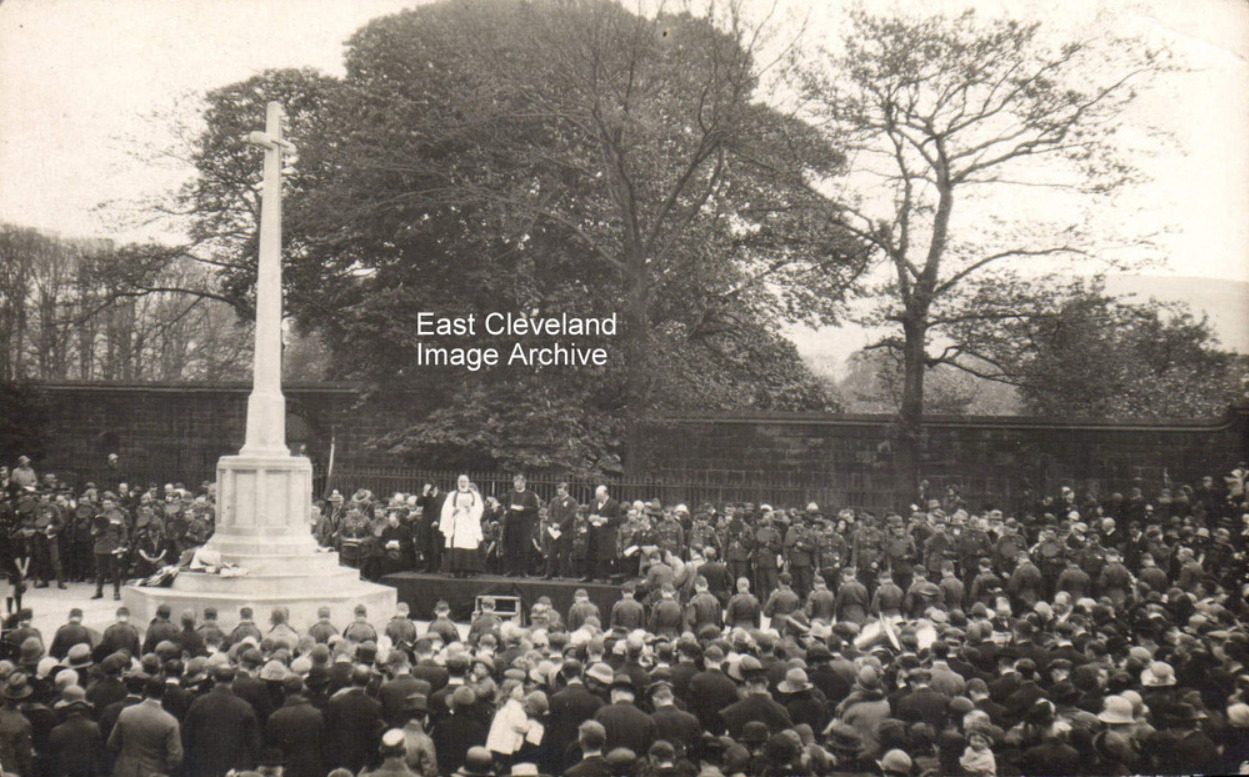
This is believed to be a view of part of the unveiling of the War Memorial at Guisborough, 20th May 1925. Taken from a postcard view by J. G. Maddison, The Studio, Guisborough,
Image courtesy of John G. Hannah.
|
|
||
 This is believed to be a view of part of the unveiling of the War Memorial at Guisborough, 20th May 1925. Taken from a postcard view by J. G. Maddison, The Studio, Guisborough, 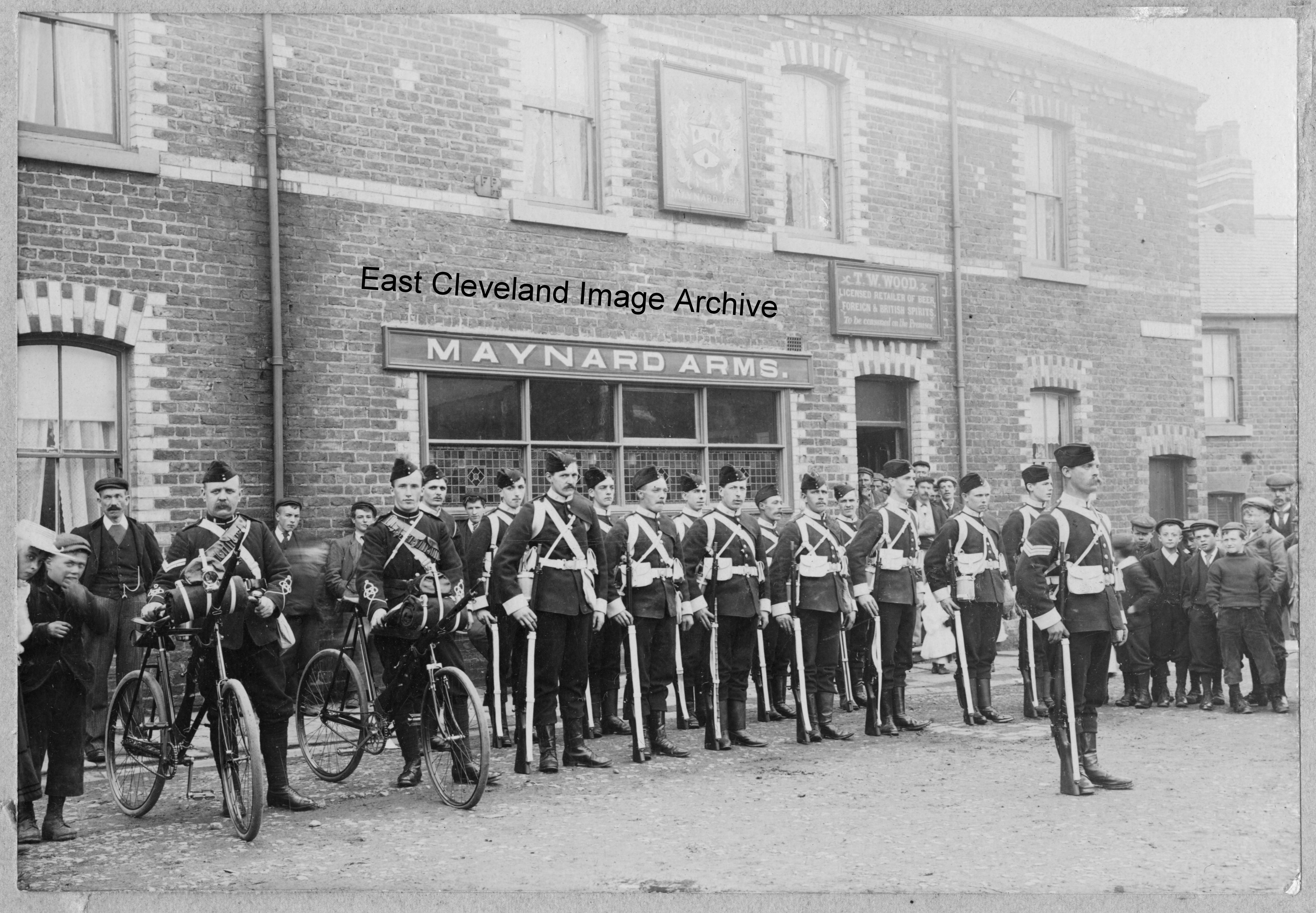 This image which came to the Archive (having been found under another framed photograph) and was believed to be a muster for World War I; but it is now known to be the Carlin How detachment of the Skelton ”G” Company of the 1st Volunteer Battalion of the Yorkshire Regiment. The Archive has now had confirmation of these details following receipt of a titled postcard image of the same event: ‘Detachment of the Skelton “G” Company, 1st Volunteer Battalion, the Yorkshire Regiment”. Their uniform then was Red Jacket, Blue Trousers and White Collar, Cuffs and Webbing. Bill Danby advises: ”In 1908 Richard Burden Haldane, the Secretary of State for War, re-organised the Volunteers nation-wide into the Territorial Force and they became attached to their local regular Army Regiments with the same uniform etc. The Volunteers in this area became the 4th Battalion of the Yorkshire Regiment. The young man on the left with the bicycle is a mystery (see Bill’s note later), likely to be the son from some local well-to-do family, superior education and in a profession, while the lads would be down ”Duck” and Loftus Mines and on the Works etc. The rifles are the Magazine Lee Enfield Mk I, which were slowly replaced during the War with a shorter version with a faster loading method, but still with a bolt that the soldier had to manipulate to load the next round. The Volunteers had no obligation to serve abroad and I doubt whether these lads went further than their Annual two-week Camps which were usually held in the Summer at a seaside place. The 4th Battalion lads used to receive £1 for going and used up their holiday from work. When the War came they all re-enlisted to a man to serve abroad. It is likely that some of those on the photograph were still serving and went off to the Front. What a pity we do not know their names. It could have been some time after 1908 when new uniforms were issued, so early 1900s is about as close a date as I can suggest.” The Archive is now trying to find as Bill Danby suggests: ”When Mr T W Wood left off pulling pints.” Further information on this image would be most welcome. Bill further advises the Archive: ”You would think in a small village location that they were all local men, so it seems there is much that is not known about how local volunteers were organised into different roles. The bright uniforms had long been seen as a liability in warfare and when the khaki service dress and webbing of the First War was issued to local volunteers is not known, interestingly the two cyclists wear the wrap round putees that came into general use and the other lads have what looks like leather gaiters.” Researches have now discovered that Thomas W Wood was at the Maynard Arms from 1886, recorded in the 1891, 1901 and 1911 Census at the Maynard Arms; his death is recorded as being in 1912. Mrs Alwyn Wood tells us: “My husband’s grandfather was William Wood and owned the Maynard Arms. His father Harry Wood grew up there”. Can anybody assist? 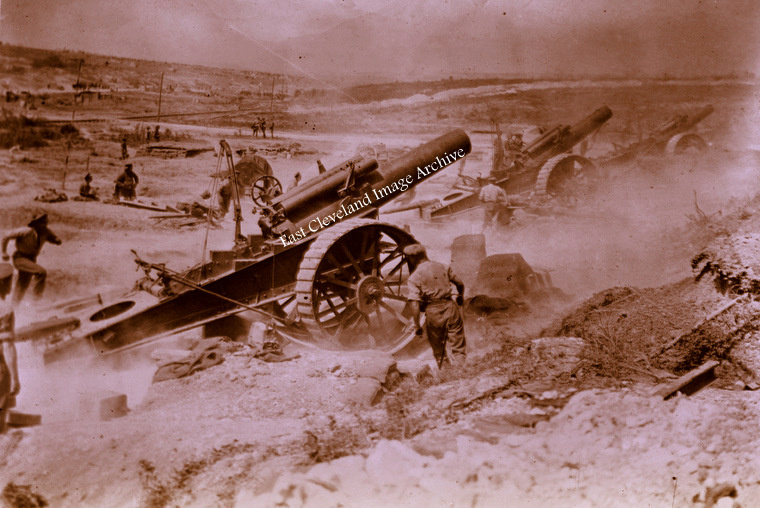 Another image portraying the horrors that must have been encountered in World War I. Imagine the noise and the dust at this end of the bombardment; but even more terrifying must have been to be on the receiving end! 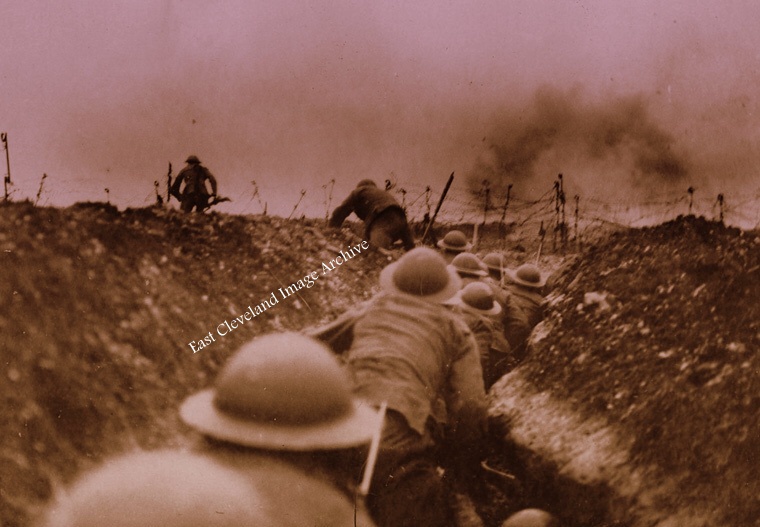 British soldiers scramble from the trench, heading for the barbed wire, leading to no mans land and the waiting machine guns. 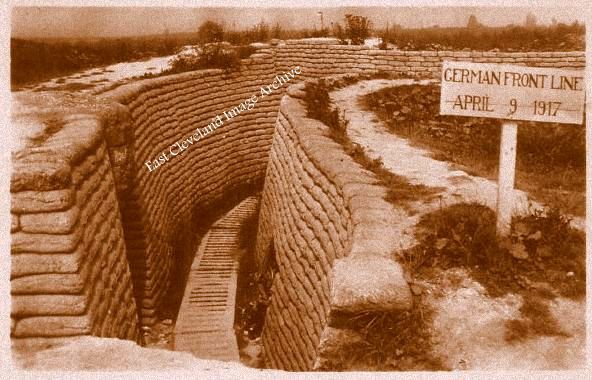 The clean comfortable condition of the trench would suggest the Germans were planning to stay a long time; in contrast with the British trench system, where soldiers were discouraged from getting too comfortable and reluctant to get out of the trench and attack. Alan Burgess asks: “I came across your website while researching a name – William Sanderson- of Loftus, who served in the RAMC in world war one. He served with my grandfather, Robert Thornton; while they were serving together my grandfather kept a couple of sheets of handwritten notes and mentioned that ‘Sandy’ had won a military Medal for ‘..rescuing officers in the field’. I was wondering if anyone had any further information and possibly a photograph, I have a selection of photographs (from my grandfather) one of these may be of William Sanderson and my Grandfather but I’m not sure. I would appreciate any information.” Many thanks to Alan Burgess for the update, can anyone assist in his researches? 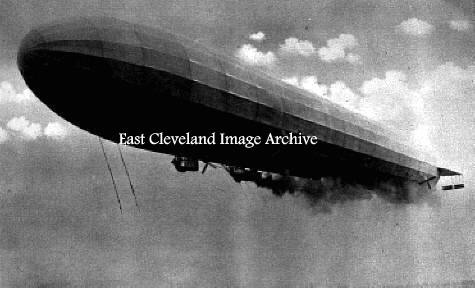 Skinningrove ironworks, was targeted several times during the great war by Zeppelin Airships. A raid by German Naval Airship L.9. Commanded by Kapitanleutnant Odo Loewe, on the 8th september 1915, Dropped bombs on the Benzol house part of the coke ovens, and Blast Furnaces. fortunately missing the T.N.T. plant. ‘Zeppelins over Skinningrove’ another post on the Archive gives a perspective as to the actual raids during World War I. 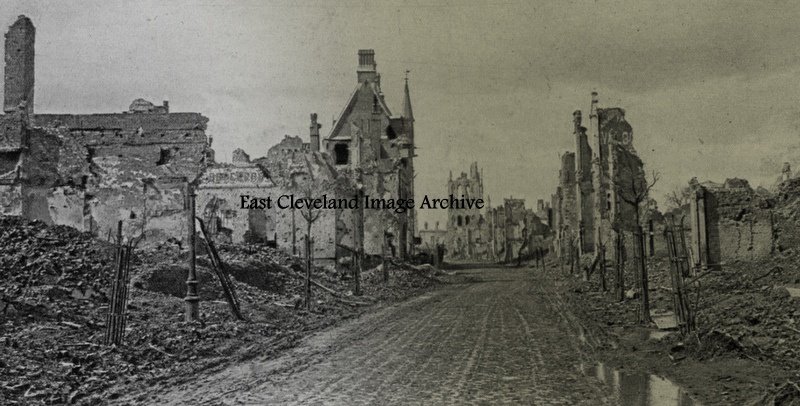 The stark ruins of Ypres, fought over for four years, the remains of the town were rebuilt after the war. 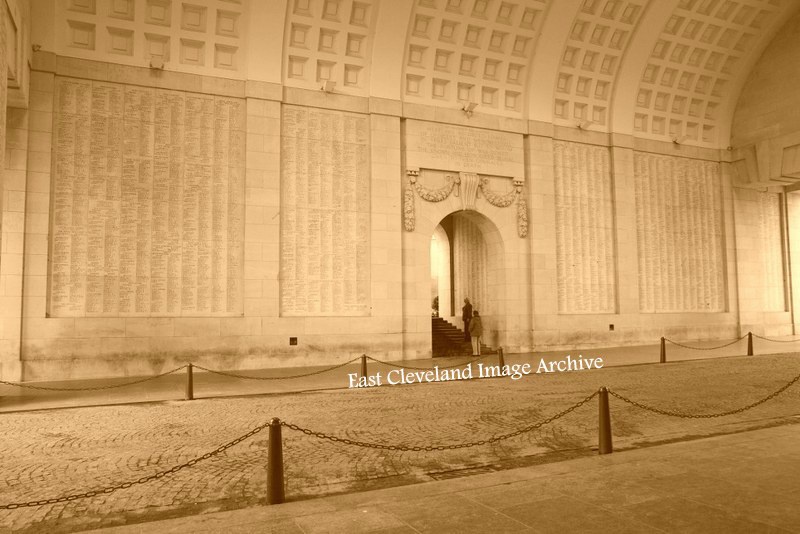 Menin Gate Memorial to the British and Empire missing in the Mons and Ypres battles in Belgium, over 50,000 names are inscribed on the walls. 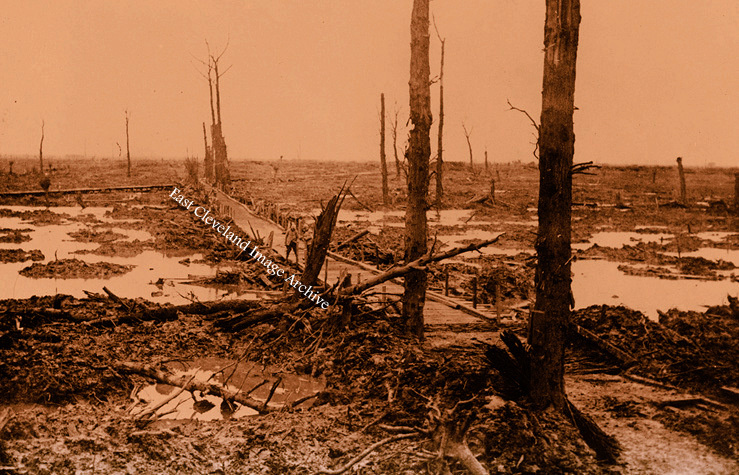 A British General having left his H.Q miles behind the front surveyed a scene like this burst into tears and said ”My God did we actually send men to fight in this?”. 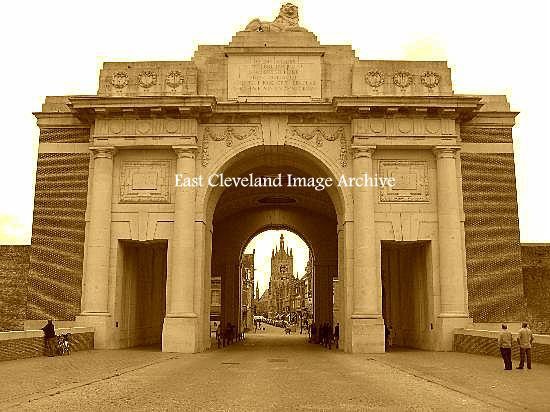 Menin Gate Memorial to the missing of the Mons and Ypres campaigns in Belgium. The last post is sounded every night at 8pm by the Belgians, in a moving ceremony; still repeated to this day. |
||
Recent Comments